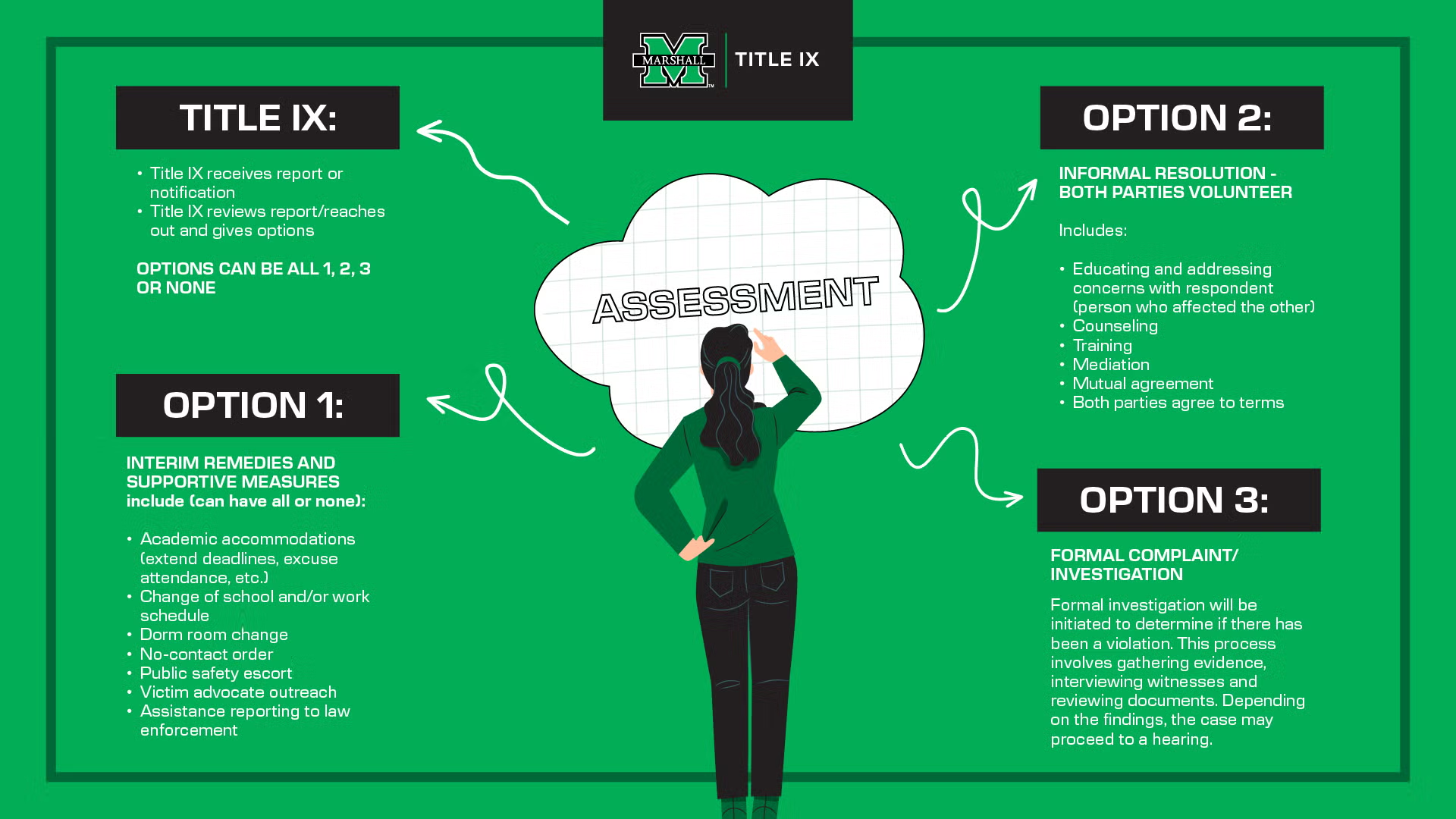When a student receives notice that they’re being investigated under Title IX, it can feel like their entire life just flipped upside down. Suddenly, you’re not just a student — you’re the subject of a formal misconduct investigation that could affect your education, reputation, and future career.
Most students don’t know what to expect. Rumors fly, friends take sides, and the process can feel stacked against you. But Title IX investigations are structured legal procedures — and once you understand how they actually work, you’ll know where you stand and what to do at every step.
Let’s break down what really happens.
1. The Complaint Is Filed
A Title IX case begins when someone files a report with the school’s Title IX office, claiming sexual harassment, assault, or misconduct. The person who files the report is called the complainant, and the person being accused is the respondent.
Sometimes, the complainant files the report directly. Other times, the school itself — through a staff member, resident advisor, or even campus security — submits the report after hearing about an alleged incident.
Susan Stone, representing National Student and Athlete Defense Title IX Attorneys at Kohrman Jackson & Krantz, explains, “Once a complaint is received, the Title IX Coordinator reviews it and reaches out to both parties. You’ll get an official notice stating what you’re being accused of, who’s making the claim, and what policy you allegedly violated.”
From this moment on, everything you say matters. The investigation has officially begun.
2. The Jurisdiction Check
Before moving forward, the school must determine if the reported incident actually falls under Title IX jurisdiction.
Title IX applies only if:
- The alleged misconduct happened within an educational program or activity (like on campus, in dorms, or at a school event), and
- It involved sexual harassment or assault as defined by federal law.
If it doesn’t meet those conditions, the case may still move ahead under campus conduct policies, but it won’t be handled as a Title IX case.
This step decides whether your case becomes part of a federal Title IX process — or a simpler internal disciplinary process.
3. The Investigation Phase
Once jurisdiction is confirmed, the investigation officially begins.
An investigator (sometimes two) is assigned to gather every piece of evidence. This includes interviews with both parties, statements from witnesses, and physical or digital evidence — like texts, DMs, photos, videos, and emails.
You’ll have the chance to provide your own account and submit evidence that supports your version of events. If you have an advisor or attorney, they can help you prepare statements, gather evidence, and ensure your responses don’t unintentionally hurt your case.
One important thing to remember: Title IX investigators are supposed to be neutral, but they’re still human. The more organized, clear, and respectful your communication is, the more credible you’ll appear.
This phase can take several weeks or even months — depending on how many people are involved and how complex the case is.
4. Reviewing the Evidence
Once the investigator gathers all the evidence, both parties get access to the evidence packet — a full file of everything collected. You’ll be able to read what the complainant said, what witnesses stated, and what messages or documents are included.
You’ll then have a set amount of time (usually 10 days) to review and respond.
This is your chance to correct any inaccuracies, provide clarifications, or add missing details.
This part can feel invasive — reading other people’s statements about you isn’t easy — but it’s also your best opportunity to strengthen your defense before the final report is written.
5. The Hearing
If the case proceeds to a live hearing, this is where everything is laid out in front of a panel or hearing officer.
Each side presents their case, shares evidence, and brings witnesses. Advisors (not the students themselves) conduct cross-examinations, asking questions to challenge credibility or expose inconsistencies.
The hearing is formal, and while it’s not the same as a courtroom, the atmosphere can feel just as intense.
After all the testimony and questioning, the panel decides — using the preponderance of evidence standard — whether it’s more likely than not that a violation occurred.
The decision is later delivered in writing, along with the reasoning and any disciplinary actions that result.
6. Sanctions and Consequences
If found responsible, the consequences can range widely — from mandatory education programs and probation to suspension or expulsion. But the impact goes beyond punishment. A Title IX violation can follow you even after you leave school, affecting graduate program admissions or job opportunities.
If you’re found not responsible, the record of the case still exists internally, but schools are legally limited in what they can disclose. Still, clearing your name matters — both for your reputation and your peace of mind.
7. The Appeal Process
Both sides usually have the right to appeal within a short window — often 5–10 days. Appeals are only granted for specific reasons: procedural errors, new evidence, or bias from the decision-makers. This stage requires precision. You can’t just say “the decision was unfair.” You have to prove how unfair it was.
A lawyer or Title IX advisor can help you build that argument and submit it properly before the deadline.
8. The Aftermath
Regardless of the outcome, Title IX cases leave a lasting mark. They can affect your academic progress, mental health, and even your personal identity on campus. Students often describe the period after the investigation as one of uncertainty — you might be allowed back into classes, but relationships with peers, professors, or organizations may never feel the same.
If you were found not responsible, it can still take time to rebuild your reputation. Some students request housing changes or take a leave of absence just to reset emotionally.
If you were found responsible, your school may require counseling sessions, training, or behavioral agreements before reinstatement. Even after that, your record might shadow future applications for graduate programs or internships.
It’s completely normal to feel overwhelmed, angry, or drained after the process. Seek professional guidance — both legal and psychological — to help you move forward in a healthy way. Many universities offer confidential counseling or can refer you to outside support services. Some students also choose to work with attorneys post-investigation to review how their rights were handled or to appeal certain conditions.
Healing from the experience takes time. Whether you were the complainant or the respondent, getting clarity on what happened and understanding the process is a crucial step toward regaining control of your life.
Final Thoughts
A Title IX investigation is one of the most serious and stressful experiences a student can face. The process is designed to protect fairness and safety, but it can easily feel intimidating if you don’t understand it.
Knowing what to expect — from the first complaint to the final decision — can make the difference between feeling powerless and staying grounded through every phase.
If you’re facing a Title IX case or helping someone who is, don’t try to navigate it alone. Speak to a Title IX advisor or an attorney who understands how your school handles these investigations. The earlier you get help, the better your chances of protecting both your rights and your future.
































